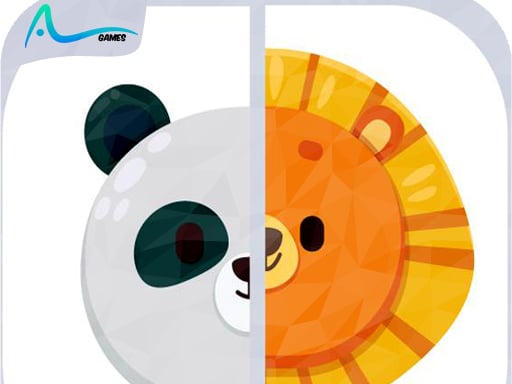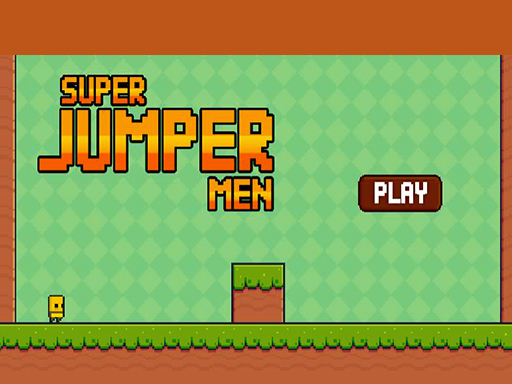Anime, also known as Japanimation, is a form of hand-drawn and computer-generated animation that originated in Japan. The term “anime” is derived from the English word “animation,” and within Japan, it broadly refers to all types of animated media. Outside Japan, however, “anime” specifically denotes animated works produced in Japan or in a style heavily associated with Japanese animation—characterized by vibrant graphics, expressive characters, and fantastical themes. This more cultural and abstract interpretation allows for the possibility that anime created outside Japan may also be classified under this term.
The history of Japanese animation traces back to 1917 with some of the earliest commercial productions. The distinctive art style we associate with anime began to emerge in the 1960s through the works of Osamu Tezuka, and it gained widespread popularity both domestically and internationally during the latter half of the 20th century. Anime is distributed through various channels, including theatrical screenings, television broadcasts, direct-to-home media, and online streaming platforms.
Many anime series and films are original works, but a significant portion are adaptations of manga (Japanese comics), light novels, or video games. Over time, production techniques have evolved with advancing technology, enriching the medium’s visual and narrative possibilities. As a multimedia art form, anime combines elements of graphic design, character development, cinematography, and other creative techniques.
In terms of animation style, anime tends to emphasize detailed environments and camera effects—such as panning, zooming, and varied angles—over fluid motion animation. Artistic styles vary widely, with character proportions ranging from exaggerated, large emotive eyes to more realistic depictions. Anime spans numerous genres aimed at both broad audiences and niche communities.
Additionally, in the United States, terms like “wapanese” and “weeaboo” have emerged to describe fans—particularly those who are white—who have a strong interest in Japanese culture and anime. “Wapanese” initially referred to individuals who desired to be Japanese, while “weeaboo” later became a slang term for fans exhibiting an obsessive fascination with Japanese anime and related media.














